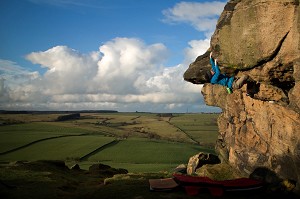
The Moor.
That's what we call Rombald's Moor, the big stretch of upland above Ilkley and Keighley that separates Wharfedale and Airedale.
All too often referred to as Ilkley Moor, Rombald's encompasses Ilkley, Addingham, Morton and Burley Moors to name a few. In local folklore Rombald was a giant who lived on the hillside above Keighley. Legend has it, when he stepped between the Cow Buttress above Ilkley, to Almscliffe Crag, some 10 miles away as the crow flies, he cracked the rock and so created the Calf boulder that now lies on the hillside beneath its mother.
I first experienced the moor aged about seven, a not so happy hour (it would be these days) picking bilberries in the drizzle close to the Cow and Calf. We were on a day trip from Burnley, where I was visiting my Great Auntie Betty during the summer holidays. Growing up in Bristol, little did I know at the time how close and for how long I would end up living to those berry plants.
The obvious places to climb on the moor are Ilkley Quarry, the Cow and Calf and the Rocky Valley. These crags cluster together. With a high proportion of good quality routes and quick approach from the car-park above Ilkley, they form the main attraction for climbers, who get an audience from all the walkers and tourists.
Behind the quarry, to the south, the moor rises up, forming a big whaleback of upland on which run a myriad of paths and trails. Leaving the crowds thronging the café and Cow and Calf takes you to another place. A place of bog cotton, curlews, carpets of pink-purple heather, wispy clouds against a blue sky changing the light on the land in that classic Dales way.
This is a moor of marked stones that themselves form records in time. Amongst them the cup and ring carved rocks, stone circles and boulders with intricate carved patterns are prehistoric, the milestones and benchmarks that hail from the pre and early-industrial ages, and now - on the outcrops - crimps, pebbles and slopers occasionally white with chalk mark the leisure time of humans in the early-Anthropocene.
I have recently taken to exploring these rocks some more through bouldering. When I first climbed routes at Ilkley Quarry, in my late teens while at University, the moor beyond the quarry looked a foreboding place. More often than not claggy, wet and uninviting. I had no idea where heading into the mist would take me and was not sure if I wanted to find out.
Since then over 20 years have passed, during which I have shirked the nervousness and explored the whole of Rombald's Moor through biking, running and, nowadays, walking with my kids.
Over the years my interest in the rock and history has changed. Along with other features of the moor, I used to zoom past the Badger and Swastika Stones as fast as I could, not thinking or caring for their intricate carved patterns, missing the fascination that they conjure up. When I eventually slowed down a little, I found myself looking back in time, imagining the lives of others and their own fascination with the rocks. I started exploring some more.
It's early one August morning, red sky as the sun rises to the east, cloudy and a low mist lining Wharfedale, the pink heather contrasting with the dull light that makes the rest of the moor brown and grey. I run between little gritstone outcrops, my shoes and chalk-bag bundled together with an old tea-towel to wipe my feet in a rucksack on my back. While a pad would be welcome to soften falls, it's not conducive to running. I'm not going to be pushing it anyway, jogging along between the rocks, easy problems, taking in the immediate scenes and feelings of the morning.
I am linking the Buckstones, Thimble Stones and Grubstones. Three small grit crags perfect for bouldering, each sitting exposed on the higher ground of the moor. This quiet time spent exercising and thinking sets me up for the workday ahead. A crazy eight hours of video calls to all ends of the earth. Between them, the moor, rocks and paths between them feel more real. One of the reasons they're so good.
Another visit, on a Sunday morning, I wandered to the Kirkstone on the Airedale side of the moor with my family for a picnic. While my daughters jumped up and down and slid around, giggling, on our crash-pad, I explored the shot holes of the Kirkstone with my hands and feet. Together we later found the fossil tree in another boulder close by and wowed ourselves with it.
Deep time marked in stone.
- GEAR NEWS: Little Peak Press - Autumn/Winter 2021 17 Nov, 2021
- ARTICLE: A Pembrokeshire Summer 20 Oct, 2020

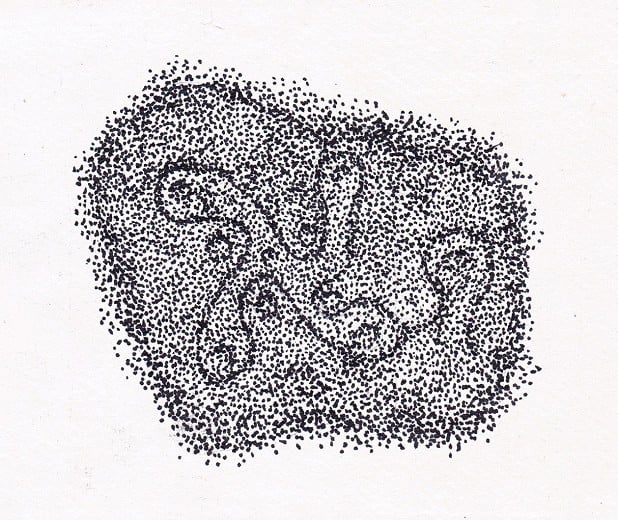
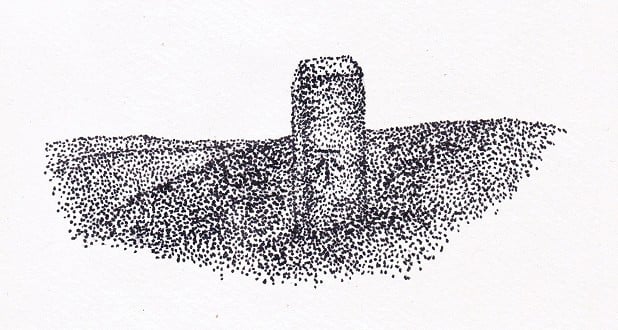
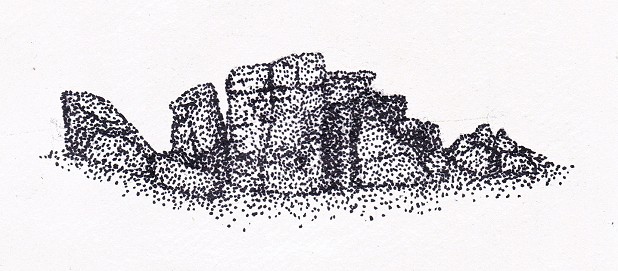
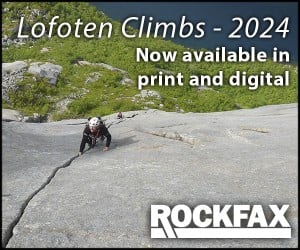
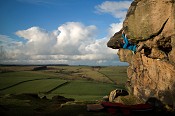
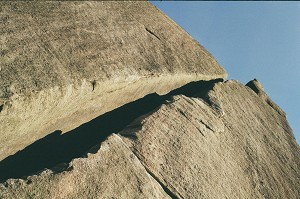

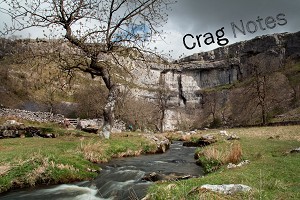




Comments